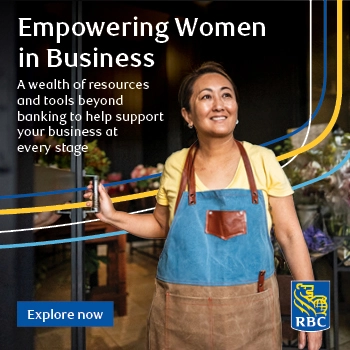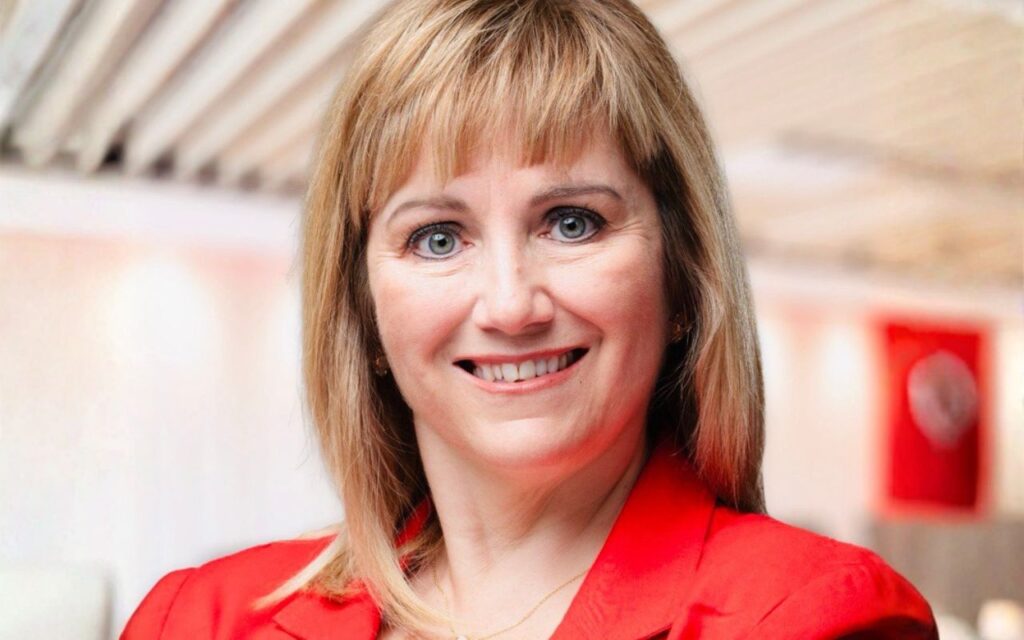
Have you ever wondered how governance can have an impact on closing the gender gap in various fields and positions? My two girls have been playing ice sports since they were very young, and I can confidently say that they have never had — and likely won’t ever have — a woman head coach. Three years ago, I asked a parent on my daughter’s team if she would ever consider being a coach. Without hesitation, she replied, “does it come with a nanny?” We looked at each other and laughed.
Coach Amy, who has given me permission to use her name, was an elite hockey player who received a full scholarship to play Division I hockey in the United States. As a former high-level player who understands women’s hockey, Amy is exactly the kind of person who should be coaching girls’ hockey.
The barriers women face
Yet, despite her credentials, coaching comes with significant challenges. When Amy and I first spoke, she had three young children under eight. Her spouse is supportive but frequently travelled for work. Like many working moms, Amy juggles most household responsibilities. On top of that, all three of her children play hockey. Over the years, Amy has volunteered on the bench as an assistant coach, but becoming a head coach requires a significant time commitment. For many women, especially those with young families, or who care for older family members, or both (the “sandwich generation”), this time commitment is a barrier.
Male coaches are also parents to hockey players but as Amy indicates, women are “still the primary default parent”. On the ice, she observes similar expectations. As the only woman on the bench, whenever a player is hurt, emotionally or physically, they consistently turn to Amy for support.
Another critical barrier is the coaching certification process, which some women describe as complicated and poorly communicated. The requirements increase with the level of competition, and the process can feel daunting. Recognizing this barrier, Amy created a step-by-step guide to simplify the certification process. It has been invaluable. At least one woman used this resource to become certified and now her bench is made up entirely of women. She credited Amy, saying, “This is because of you. You helped me do this!”
Why governance matters

Increasing the representation of women hockey coaches requires systemic change. Hockey Canada, the NHL, provincial and local hockey associations need to continue identifying and removing the barriers that prevent women from becoming and remaining coaches. One critical way to do so relates to governance.
Last October, Hockey Canada published a discussion paper, Building the Future of Women’s and Girls’ Hockey, which identified six barriers negatively impacting hockey for women and girls:
- Structure of Women’s and Girls’ Hockey
- Equity in Resource Allocation
- Policy and Governance
- Education and Training
- Data
- Visibility and Celebration
In Canada, there are over 2,800 boards governing hockey. According to Hockey Canada, “This has created inconsistencies with governance and program delivery to participants across the country, which has indirectly caused a lack of cohesion, direction and standards and resulted in more turnover of volunteers, including coaches.”
The discussion paper identified the following problems:
- A lack of guidance from Hockey Canada and its Members on how associations should be managing women’s and girls’ hockey.
- Volunteers in local association have to advocate for increased resources, “which can include battling with teams and other associations who may not have a vested interest in women’s and girls’ hockey.”
- The historical and ongoing lack of diversity on boards and in decision-makers in hockey continues to limit hockey’s potential at all levels. Addressing these governance gaps is essential because meaningful change in hockey requires deliberate, structured solutions—solutions that begin with good governance practices.
Strengthen policy and governance to close the gender gap
Good governance is foundational to attracting and retaining women hockey coaches. Governance expert, Matt Fullbrook, defines good governance as “actively creating conditions that are likely to result in effective decisions.” For women coaches to thrive, hockey governance must embody this principle.
National programs such as Hockey Canada’s “We Are Coaches” and the NHL/NHLPA First Shift Women’s Coaching Pilot Program, discussed below, are essential—they provide strategic guidance, funding, training resources, and visibility at a broad level. But the true success of these initiatives depends on implementation at provincial and grassroots levels.
For instance, if local hockey associations use informal or unclear practices when selecting and training coaches, then decision-making processes around coach recruitment will lack transparency. It suggests that access to coaching opportunities relies heavily on personal networks, which can exclude women. Clear, equitable, and inclusive governance at the local level means explicitly articulating coaching selection criteria, transparently communicating how decisions are made, and actively encouraging women candidates to apply.
To effectively attract and retain women coaches, hockey governance must prioritize:
- Alignment and Collaboration: National bodies like Hockey Canada and the NHL must work closely with provincial organizations to set clear, measurable expectations for equity in coach selection and training. Provincial organizations must then support and oversee local associations to ensure they implement these expectations consistently.
- Transparent and Inclusive Decision-Making: Local hockey associations must commit to clear, public guidelines about how coaching decisions are made, explicitly embedding equity and inclusion into the process. These decisions must be consistently applied and regularly reviewed.
- Accountability and Monitoring: Provincial hockey bodies should require local associations to report regularly on their progress toward increasing representation and retention of women coaches. Data collection and transparency about results are essential to track progress, identify gaps, and hold organizations accountable.
- Diverse Leadership: Boards at every level—national, provincial, and local—must diversify their leadership teams to include women, including those who exist at the intersection of race, disability, religion etc. Representation in governance contributes to more inclusive policies and decisions, creating conditions that attract and retain women coaches (check out our blog about the importance of women being represented on boards of directors).
Celebrating progress
There are initiatives to increase the representation of women hockey coaches. Hockey Canada has developed a We Are Coaches Program, a free, women-only coach training program to increase the number of trained women coaches in Canada in order to provide mentors and role models for young players.
In addition, some local hockey associations have been selected to participate in the NHL/NHLPA First Shift Women’s Coaching Pilot Program. This initiative offers free coaching certifications and training specifically targeted to women, including mothers and guardians of young hockey players and U18/U22 athletes. This is an important step toward increasing women’s representation in our national sport.
As a parent, I have always told my girls that if they can dream it, they can do it. Yet, according to Hockey Canada, “the average length in hockey for girls and women is 7.24 years, which is more than 2.4 years less than boys and men.”
Representation matters in hockey. A critical way to retain girl players is for them to see themselves in leadership roles, especially on the coaching bench. It is not enough for hockey organizations at any level to talk about the importance of women’s representation. They need to do the heavy lifting: actively championing, sponsoring, and training women; building transparent governance structures; and creating a culture where women’s voices are heard, respected, and valued.








